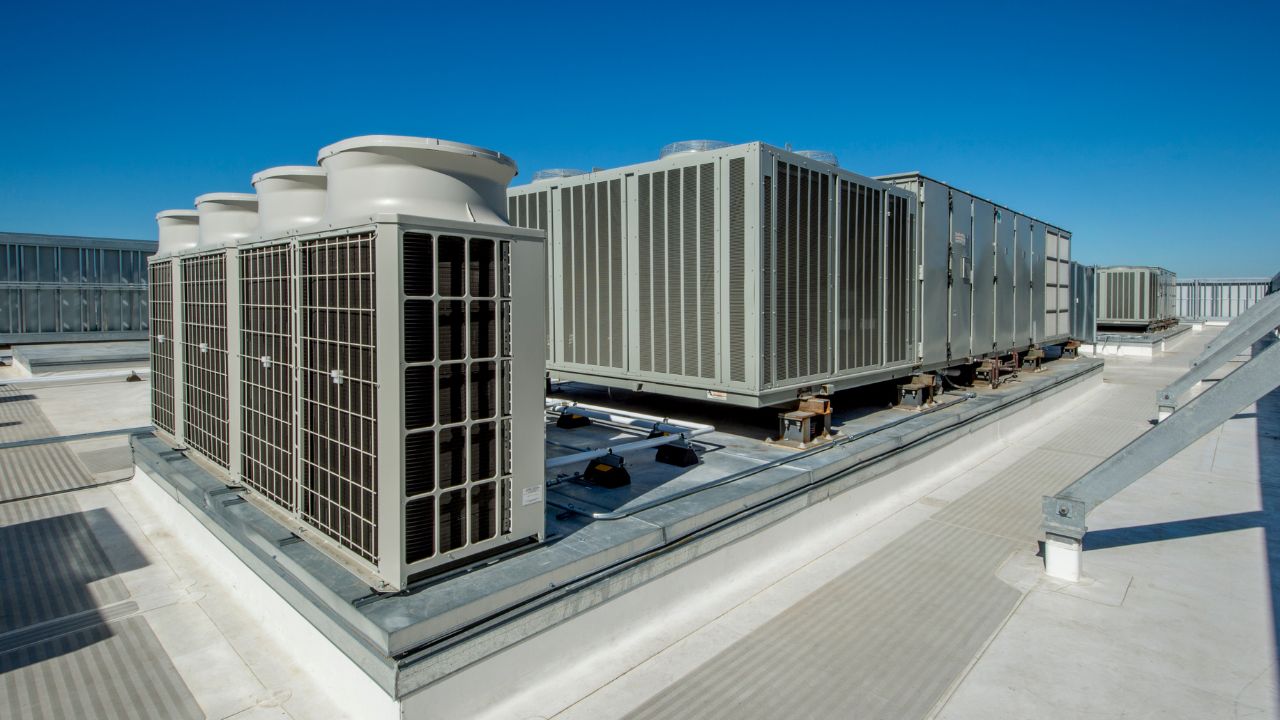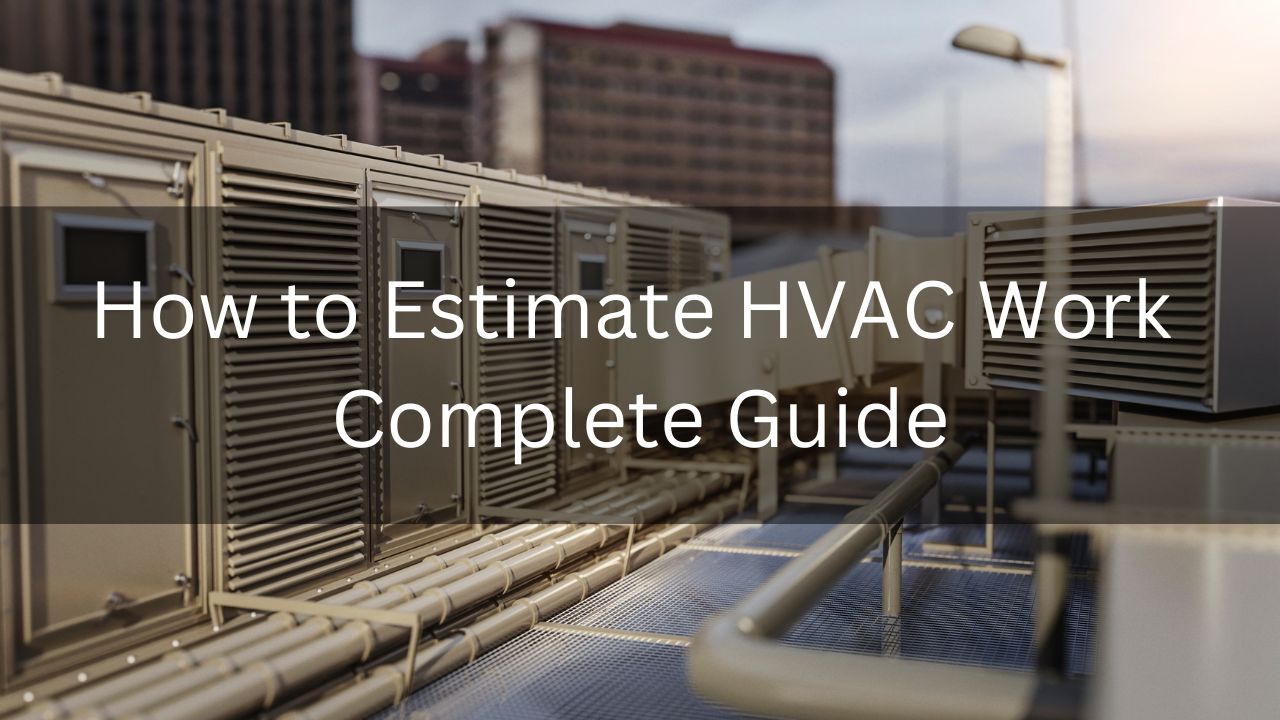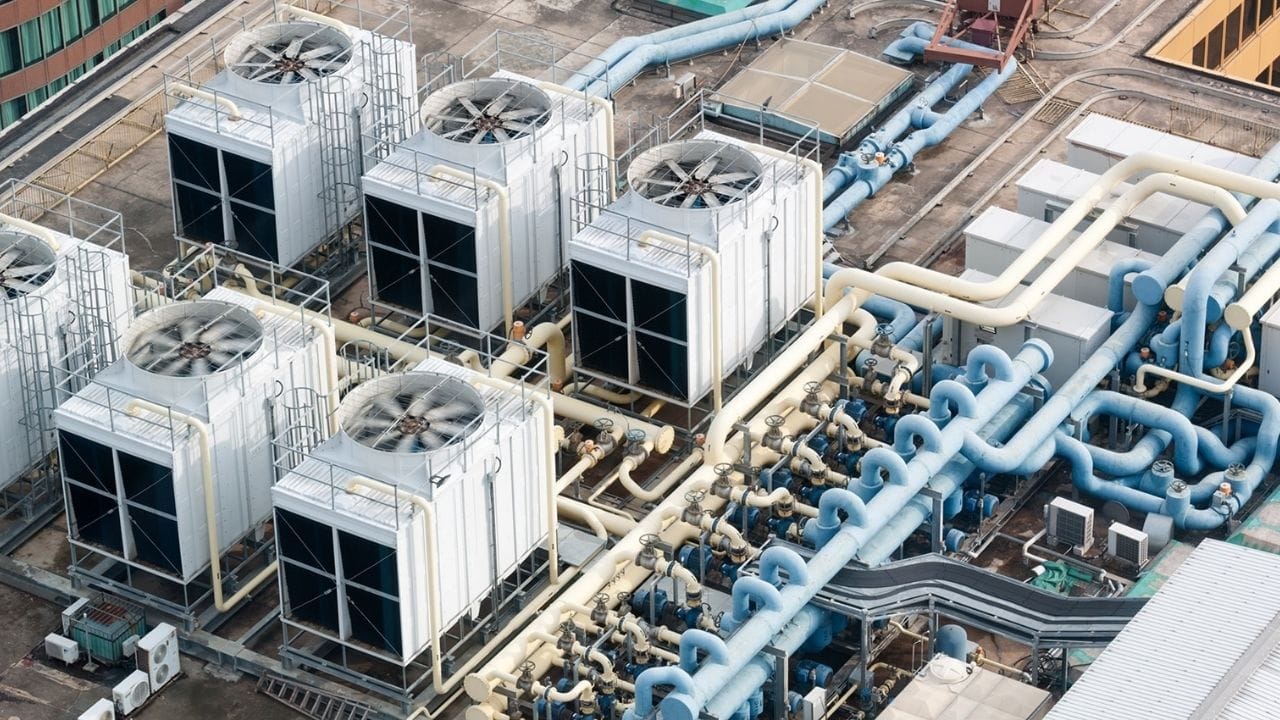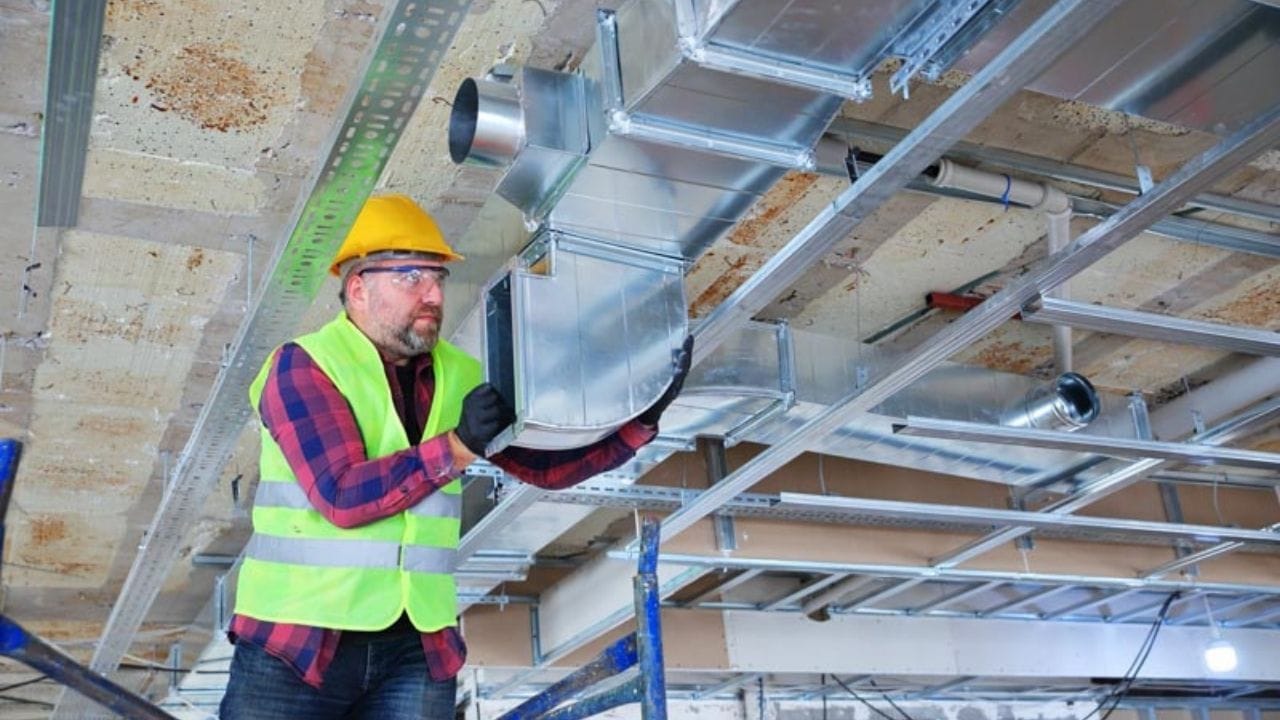Multi-Family Building HVAC Takeoff Service
Estimate Florida Consulting specializes in HVAC Takeoff Services for multi-family building projects, catering to both commercial and residential sectors. Our dedicated team offers comprehensive budgeting and estimates, ensuring precision in material quantities and labor costs. With advanced technology and industry expertise, we assess every aspect of HVAC requirements, from ductwork to heating and cooling systems. Our detailed takeoff services streamline project planning, mitigate risks, and optimize resource allocation. Whether it’s new construction or renovation, our tailored approach ensures cost-effective solutions tailored to your project needs.
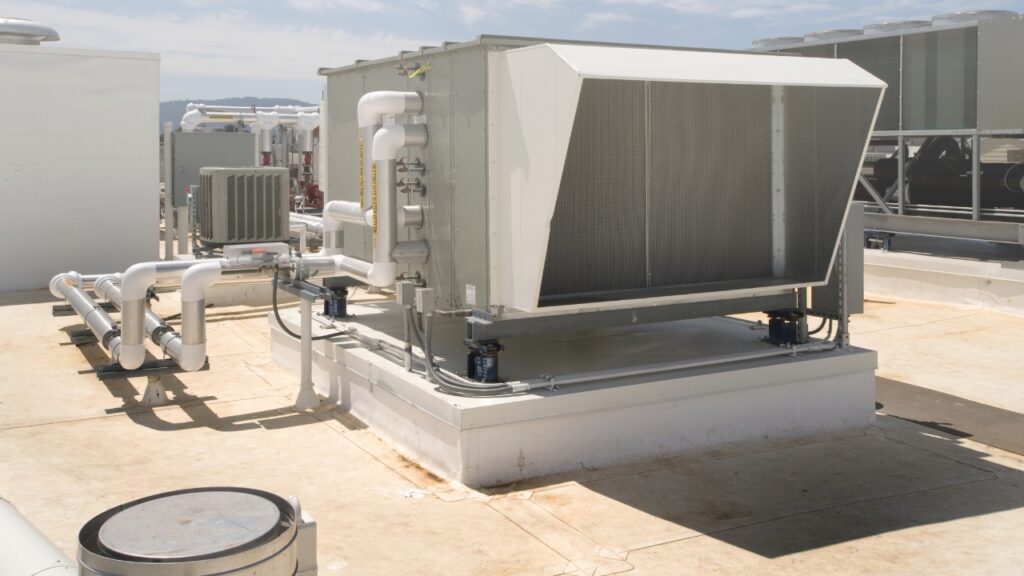
Multi-Family HVAC System Installation Cost
The expenditure associated with installing an HVAC system in a Multi-Family typically varies due to several influencing factors. These factors include the size of the Multi-Family premises, the particular type of HVAC system chosen, and the complexity of the installation procedures involved. Generally, Multi-Family should anticipate costs ranging from $3.30 to $7.70 per square foot for the installation of an HVAC system.
Category | Average HVAC System Installation Cost |
Average Cost | $11,000 |
Highest Cost | $16,500 |
Lowest Cost | $5,5001 |
HVAC System Installation for Multi-Family
Understanding the nuances of HVAC system installation for Multi-Family, including furnace and air conditioning costs, is paramount to making well-informed decisions tailored to the unique needs of healthcare facilities.
Air Conditioner Costs
In the realm of Multi-Family settings, the costs of air conditioning systems vary significantly based on their type, each offering distinct advantages and considerations:
Air Conditioner Type | Average Cost |
Portable AC | $121 – $605 |
Window AC unit | $242 – $1,573 |
Ductless mini-split | $2,420 – $16,940 |
Central AC | $4,477 – $8,554 |
Portable AC Unit
These units, equipped with wheels for mobility, provide Multi-Family with the flexibility to cool individual spaces as needed without requiring professional installation. While budget-friendly, their cooling capacity is limited compared to other systems. Portable AC units typically range from $121 to $550 on average, depending on factors such as brand, features, and cooling capacity.
Window AC Unit
Popular for cooling single rooms or confined areas within Multi-Family, window air conditioners draw in outside air, cool it, and circulate it into the room. Installation is relatively straightforward, but compatibility with a suitable window is necessary, and they may obstruct views. Costs vary between $242 to $1,573 based on factors like size, brand, and cooling capacity.
Ductless Mini-Split
These systems offer Multi-Family a versatile cooling solution, particularly beneficial for facilities with multiple rooms or unique layouts. Providing individual temperature control for each room and eliminating the need for ductwork, they are energy-efficient and flexible. However, their installation involves higher upfront costs and may necessitate professional assistance. Prices range from $2,420 to $16,940, depending on the number of indoor units and the size of the facility.
Central AC Unit
While central air conditioning units remain a staple in many Multi-Family environments, they come with higher installation costs due to the need for ductwork throughout the property. Despite this initial investment, they offer consistent and dependable cooling performance over the long term. Installation typically falls within the range of $4,070 to $8,140. Additionally, if new ductwork is required, Multi-Family should anticipate an extra expenditure averaging between $1,430 and $4,730.
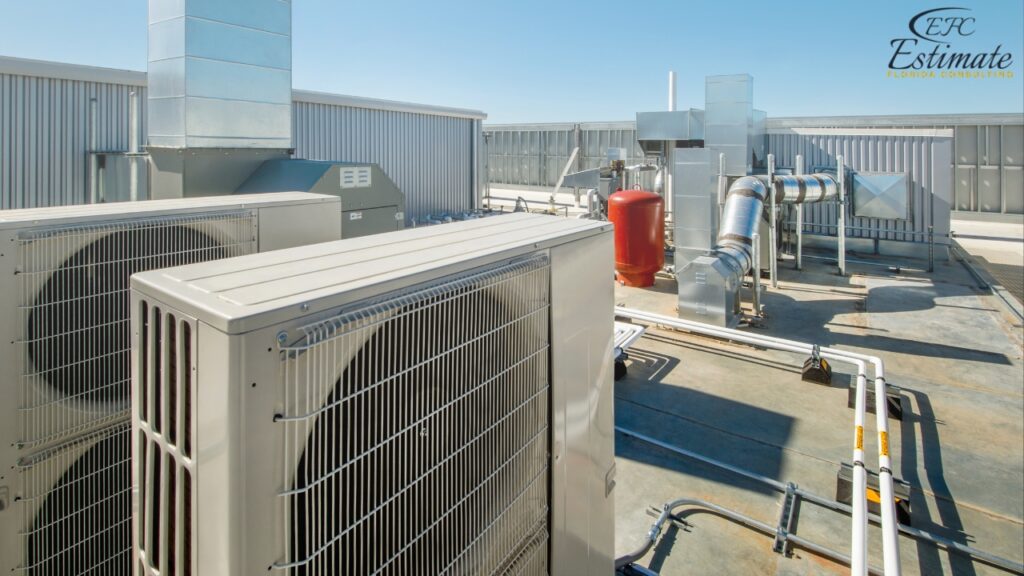
Multi-Family Furnace Costs
Heating systems are integral to maintaining comfortable indoor temperatures within Multi-Family environments, with furnaces serving as a fundamental component. The cost of installing a furnace can vary based on several factors, particularly the type of fuel it utilizes.
Electric Furnace
Installation expenses for electric furnaces typically range from $2,200 to $6,930. Electric furnaces offer a cost-effective and environmentally friendly heating solution, utilizing electrical resistance to generate heat. With a lifespan of up to 30 years and minimal maintenance requirements, electric furnaces provide long-term reliability. However, it’s essential to note that they may lead to higher monthly energy bills compared to other furnace types.
Natural Gas Furnace
Installing a gas furnace incurs costs ranging from $3,850 to $9,900. Despite electric furnaces’ lower initial cost, gas furnaces generally offer superior energy efficiency, potentially resulting in long-term cost savings. They deliver consistent and robust heat output, making them particularly advantageous for Multi-Family environments, especially in colder climates. However, building owners must consider the availability and cost of natural gas in their area.
Oil Furnace
Oil furnaces, though less common among building owners due to higher operating expenses and environmental concerns, are worth considering for Multi-Family. With installation costs ranging from $6,600 to $11,000, oil furnaces are known for their durability and rapid heat generation. However, they require strict safety measures to mitigate risks of leaks and carbon monoxide buildup, emphasizing the importance of proper ventilation in Multi-Family settings.
Furnace Type | Average Cost |
Electric | $2,250 – $6,930 |
Natural gas | $3,850 – $9,900 |
Oil | $6,600 – $11,000 |
Multi-Family Heat Pump Costs
Heat pumps provide an energy-efficient heating solution for Multi-Family environments, offering long-term cost savings and environmental benefits. Although initial installation expenses may exceed those of traditional heating systems, the advantages of heat pumps are compelling.
Heat Pump Type | Average Cost |
Ductless mini-split | $2,200 – $15,400 |
Dual fuel or hybrid | $3,300 – $16,500 |
Gas-fired | $4,400 – $11,000 |
Air-source | $5,500 – $15,400 |
Geothermal | $11,000 – $38,500 |
Ductless Mini-Split Unit
Ductless mini-split units eliminate the need for traditional ductwork, making them suitable for Multi-Family without existing ducts or those avoiding the expense of installing new ones. Despite potentially higher upfront costs, these units boast remarkable energy efficiency, leading to reduced monthly heating and cooling expenses. The average price of a ductless mini-split unit for Multi-Family ranges from $2,200 to $15,400.
Dual Fuel or Hybrid Unit
Combining a heat pump with a traditional furnace, dual-fuel or hybrid units offer Multi-Family versatility and energy efficiency. Although they may have a higher price tag, averaging between $3,300 and $16,500, these units allow Multi-Family to switch between gas and electric heating based on outdoor temperatures, optimizing energy usage and cost savings over time.
Download Template For HVAC Project Breakdown
- Materials list updated to the zip code
- Fast delivery
- Data base of general contractors and sub-contractors
- Local estimators

Gas-Fired Unit
Gas-fired units, popular for larger Multi-Family buildings, utilize natural gas for heating. While averaging between $4,400 and $11,000, these units may exhibit lower energy efficiency compared to dual-fuel systems and raise environmental considerations due to natural gas combustion.
Air-Source Unit
Air-source units extract heat from outdoor air for indoor warming, offering commendable energy efficiency and potential cost savings. Despite higher initial costs ranging from $5,500 to $15,400, these units deliver notable long-term benefits, although their effectiveness may vary in extremely cold climates.
Geothermal Unit
Geothermal units harness the earth’s heat for indoor warmth, epitomizing energy efficiency and sustainability. With average costs ranging from $11,000 to $38,500, these units represent a substantial investment yet promise significant monthly energy savings, longevity, and minimal maintenance requirements in Multi-Family settings.
Factors Influencing HVAC Installation Costs for Multi-Family Buildings
Multi-Family HVAC installation costs hinge on several pivotal factors that administrators must carefully consider before initiating a project. Let’s explore these essential factors:
Type of HVAC System
The selection of the HVAC system significantly influences installation expenses. Portable AC units offer a cost-effective option, starting from as low as $220. Conversely, geothermal heat pump systems represent the highest end of the spectrum, with average costs ranging from $11,000 to $38,500.
While budget-friendly units may have lower efficiency ratings and lack advanced features like zoning capabilities or smart thermostats, premium units often boast higher efficiency ratings, extended warranties, and advanced technology aimed at long-term energy savings.
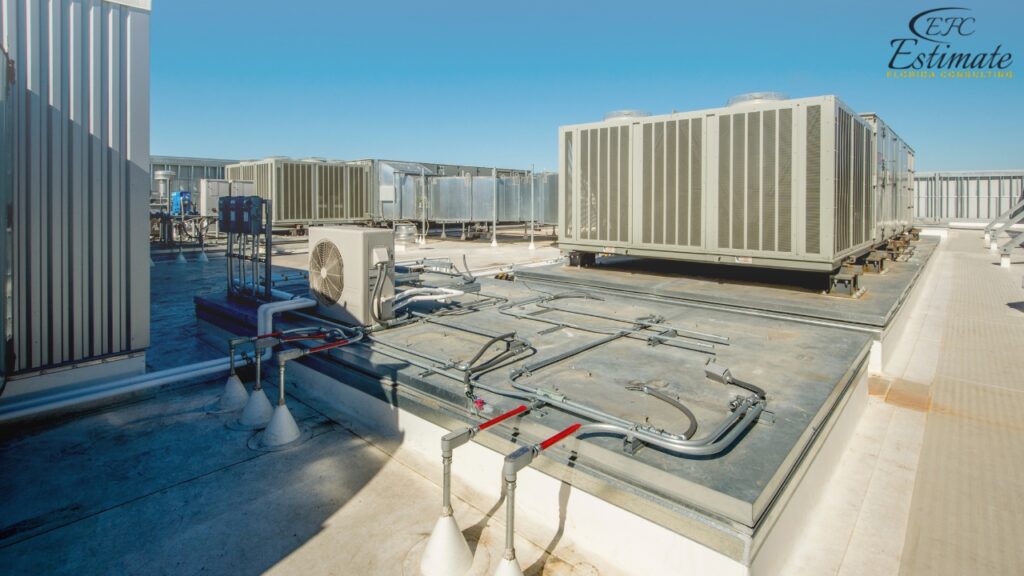
Unit Size
Size is a critical determinant in HVAC installation costs for Multi-Familys. Larger units generally entail higher expenses due to increased material requirements and labor. However, the unit’s size directly correlates with its heating or cooling capacity. Opting for a unit that is too small may lead to inadequate performance, while one that is excessively large can result in inefficiencies and unnecessary costs. Therefore, selecting the appropriate size is crucial for optimal functionality and cost-effectiveness.
SEER Value
The Seasonal Energy Efficiency Ratio (SEER) quantifies the efficiency of an air conditioner or heat pump. A higher SEER value indicates superior energy efficiency, potentially translating to utility bill savings over time. Although units with higher SEER values may require a higher initial investment, they offer long-term financial benefits by reducing energy consumption.
Brand of HVAC Unit
The choice of brand can impact both upfront costs and long-term system performance in Multi-Family buildings. Brands vary in quality and reliability, necessitating thorough research to identify reputable options. Additionally, some HVAC manufacturers offer warranties or extended warranties, providing Multi-Family administrators with peace of mind and potential savings on future repairs or replacements.
Additional Costs Related to HVAC Installation for Multi-Family Buildings
When considering HVAC installation for Multi-Family buildings, it’s essential to account for supplementary expenses beyond the basic unit and labor costs. Let’s explore two significant elements that can affect the overall installation expenses:
Building Size
The size of the Multi-Family building is a critical factor in determining the required capacity of the HVAC system to effectively regulate indoor temperatures. An improperly sized unit may struggle to maintain optimal comfort levels, leading to discomfort and potential strain on the system. Conversely, an oversized unit may cycle frequently, resulting in energy wastage and higher utility bills. On average, Multi-Family administrators should anticipate additional costs ranging from $3.30 to $7.70 per square foot for HVAC systems, considering factors like insulation, ceiling height, and regional climate variations. These additional expenses, are crucial to ensure that the HVAC system adequately meets the Multi-Family’s heating and cooling requirements.
Ductwork
The condition and compatibility of existing ductwork play a crucial role in HVAC installation costs for Multi-Family buildings. If the Multi-Family already has ducts in good condition that align with the new HVAC system’s specifications, the installation process may proceed more smoothly, potentially reducing expenses. However, modifications or replacements may be necessary if the current ductwork is inadequate or incompatible. Anticipated ductwork expenses typically range from $12.10 to $22.00 per linear foot, with an average requirement of 60 to 220 linear feet. These supplementary costs should be factored into the Multi-Family’s budget to ensure efficient airflow and optimal system performance.
Project Complexity
The complexity of the HVAC installation project can significantly impact overall costs and timeline for Multi-Family buildings. Factors such as structural considerations, required modifications, and potential obstacles within the Multi-Family’s layout can contribute to project challenges. Additionally, accessibility issues or aesthetic preferences, such as concealing the unit with a decorative enclosure, may incur additional expenses. Multi-Family administrators should collaborate closely with their HVAC contractor to assess project intricacies and anticipate any unforeseen challenges. Allocating resources for contingencies and thorough planning can help mitigate potential cost overruns and ensure a successful installation process tailored to the unique needs of the Multi-Family building.
Get 5 New Leads Next 7Days With Our System
- Multi-Family Building
- Hotel Building
- Hospital Building
- Warehouse Building
- High-Rise Building
- Shopping Complex
Conclusion
Estimate Florida Consulting offers comprehensive HVAC Takeoff Services tailored for both commercial and residential multi-family building projects. Our meticulous approach ensures precise budgeting and estimates, covering all aspects from ductwork to heating and cooling systems. With advanced technology and industry expertise, we streamline project planning, mitigate risks, and optimize resource allocation. Whether it’s new construction or renovation, our team provides cost-effective solutions customized to your project’s needs. Understanding the nuances of HVAC installation costs for multi-family buildings is crucial. Factors such as the type of HVAC system, unit size, SEER value, and brand influence expenses. Additionally, considering building size, ductwork, and project complexity are essential for accurate budgeting and successful project execution.
FAQs
A takeoff in construction refers to the process of estimating the materials and quantities needed for a project based on its plans and specifications. It involves analyzing blueprints to determine the amount of materials like concrete, steel, or lumber required for construction.
HVAC in construction stands for Heating, Ventilation, and Air Conditioning. It involves the design, installation, and maintenance of systems that regulate indoor temperature, humidity, and air quality in buildings. HVAC systems ensure comfort and safety for occupants by controlling temperature and airflow.
An HVAC estimator is a professional responsible for calculating the costs and materials required for heating, ventilation, and air conditioning systems in construction projects. They analyze project specifications and blueprints to estimate expenses for equipment, materials, labor, and installation, providing accurate cost projections for HVAC systems.
HVAC building services encompass the design, installation, and maintenance of heating, ventilation, and air conditioning systems within buildings. These systems ensure comfortable indoor environments by regulating temperature, humidity, and air quality. HVAC building services play a crucial role in providing occupants with safe and comfortable living and working spaces.
HVAC systems play a vital role in buildings by regulating indoor environmental conditions to ensure occupant comfort, health, and safety. They control temperature, humidity, and air quality, providing a comfortable atmosphere for living, working, and other activities. Additionally, HVAC systems contribute to energy efficiency and building sustainability through effective heating and cooling solutions.
Google Reviews

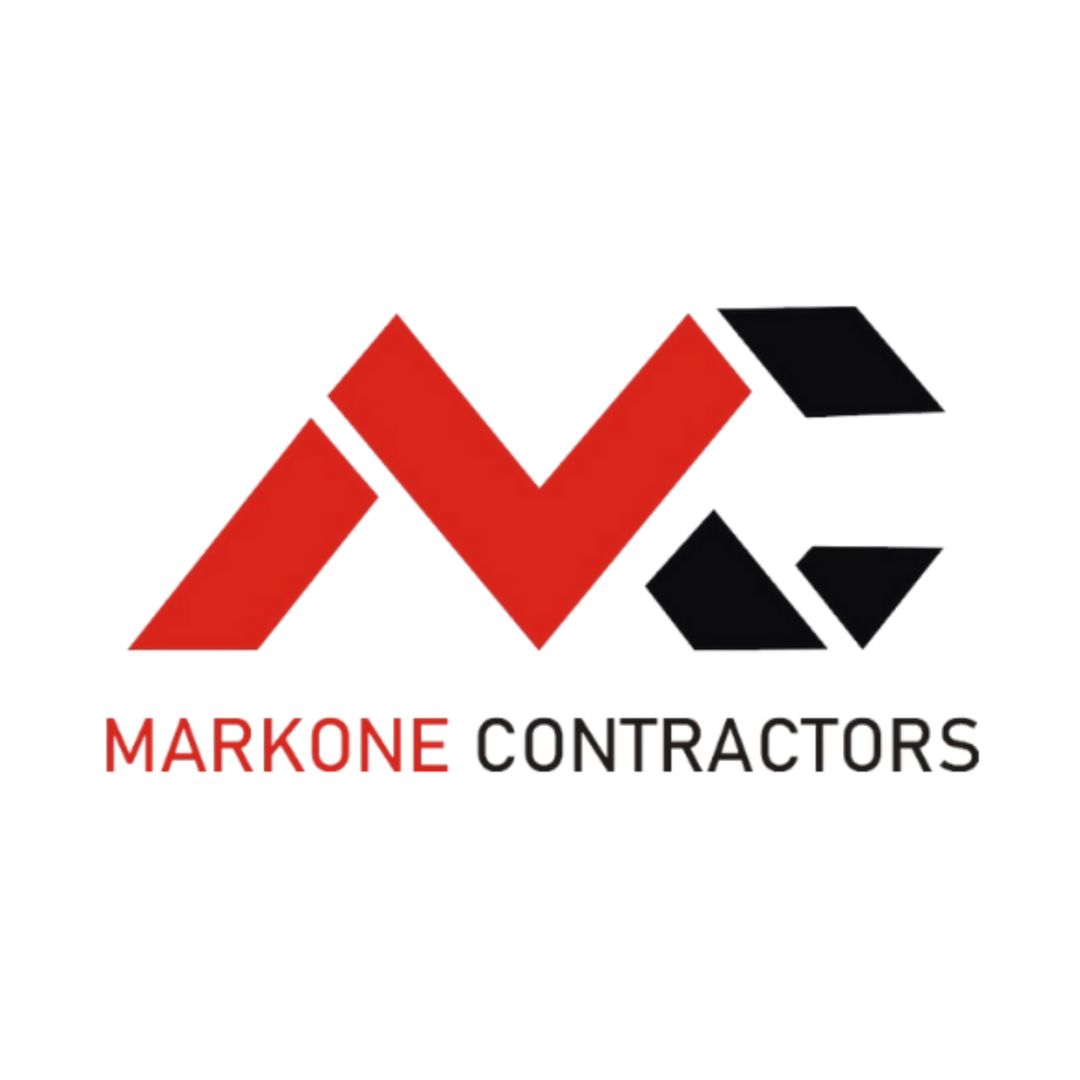

Process To Get Multi-Family Building HVAC Estimate Report
Here I am going to share some steps to get multi-family building hvac estimate report.
-
You need to send your plan to us.
You can send us your plan on info@estimatorflorida.com
-
You receive a quote for your project.
Before starting your project, we send you a quote for your service. That quote will have detailed information about your project. Here you will get information about the size, difficulty, complexity and bid date when determining pricing.
-
Get Estimate Report
Our team will takeoff and estimate your project. When we deliver you’ll receive a PDF and an Excel file of your estimate. We can also offer construction lead generation services for the jobs you’d like to pursue further.
Reach Out To Us
Places to visit if you new in Florida
Located in Orlando, this iconic destination is a dream come true for families and Disney enthusiasts alike. With four theme parks, two water parks, and countless entertainment options, it’s no wonder that Walt Disney World is one of the most visited vacation resorts in the world.
Famous for its glamorous beaches, vibrant nightlife, and Art Deco architecture, Miami Beach is a playground for sun-seekers and party-goers. South Beach, in particular, attracts visitors with its lively atmosphere and pristine sands.
Another gem in Orlando, Universal Orlando Resort offers thrilling rides, immersive attractions, and the magic of beloved movies and TV shows. From The Wizarding World of Harry Potter to adrenaline-pumping roller coasters, there’s something for everyone here.
This unique ecosystem is a UNESCO World Heritage Site and a haven for nature lovers. Visitors can explore the vast wetlands on airboat tours, spot alligators and diverse bird species, and learn about the importance of preserving this delicate environment.

